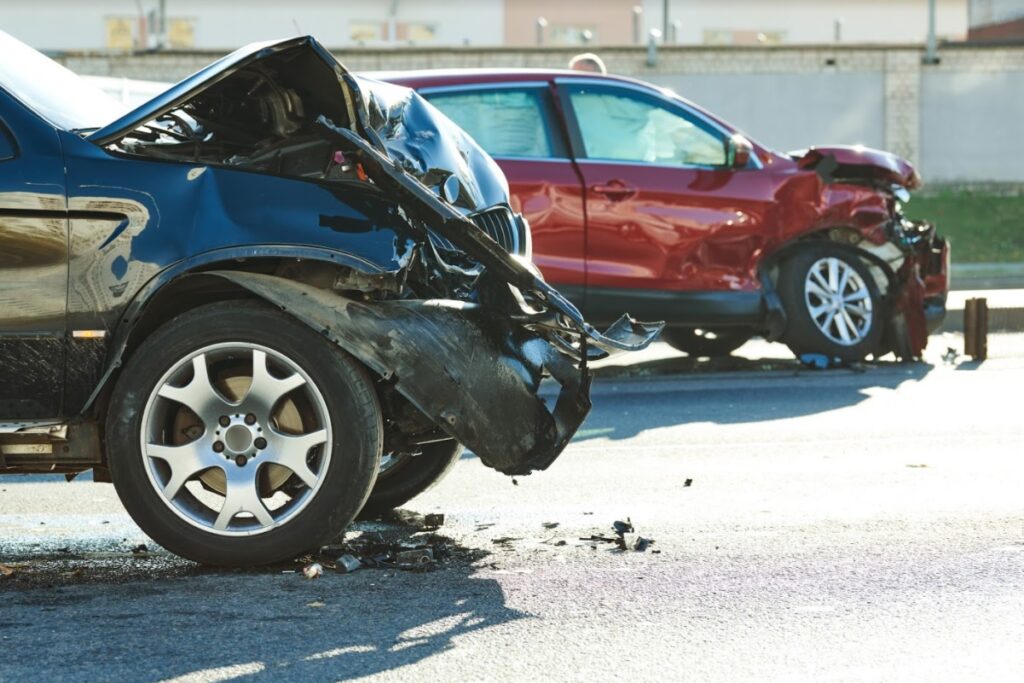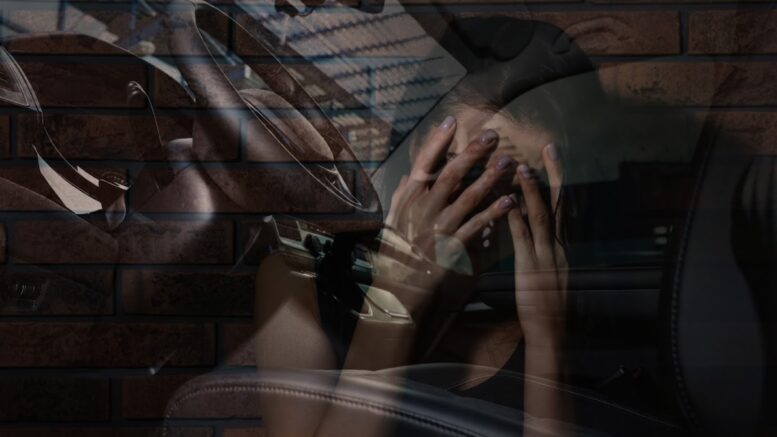According to the World Health Organization’s 2021 status report, car accidents remain one of the leading causes of death worldwide, with an annual kill count of around 1.3 million. If one manages to survive, they still have to deal with injuries, which is a far more likely outcome. Examples of such injuries include burns, broken bones, lacerations, and bruises.
Since these injuries are often life-changing, so to speak, they tend to divert one’s attention from the unseen aftereffects of car accidents, such as trauma or delayed injuries.
As a result, victims won’t recognize the need for further medical treatment until it’s too late. When that happens, it can go one of two ways. Either the damage is already done, or the aftereffect is too difficult to treat. Regardless, the outcome will be troublesome, hence this article. Below are three unseen aftereffects of car accidents, so you know what you’re dealing with.
Herniated Disk
Between the series of bones on your spine, there are round cushions that experts call disks. These ‘disks’ act as cushions or a shock absorbers so you can bend and move your joints with ease. When at least one of these disks sustains any kind of damage, it leads to a condition called herniated disk. Getting into a car accident is one of its leading causes.
Its effects are similar to most back issues, except it’s relatively difficult to diagnose. Unlike most spine problems, x-rays aren’t sophisticated enough to detect a herniated or ruptured disk.
What’s worse is that when it goes untreated for too long, it may evolve into a more severe issue, such as chronic pain or loss of control. Unfortunately, since diagnosing and treating herniated disks can be costly, people tend to have second thoughts on getting a diagnosis. If you’re in that same scenario, consider filing a car accident claim with your personal injury attorney.
If you’re lucky, you can receive a considerable amount of money for your medical treatment. For your reference, herniated disks can be diagnosed with the following imaging tests:
CT scan
A CT scan (computerized tomographyy scan) usually involves taking a series of x-ray images of your spine from different angles and directions. Then the radiologist combines them to gain more info about the disks.
MRI
An MRI, also known as magnetic resonance imaging, uses radio waves to create images of the body’s insides. It’s a standard procedure for detecting herniated disks.
Of course, while it’s technically an unseen aftereffect, it can still be detected if you know the symptoms. For example, the possibility of a herniated disk should cross your mind if you’ve been suffering from pain on your backside. However, if the pain persists not on your backside but rather on your front side, or the abdomen, you might be suffering from a ruptured spleen.

Ruptured Spleen
The spleen is a small organ located on the upper part of your abdomen. Just like most organs, it consists of a protective layer of tissue.
As the name suggests, a ruptured spleen is one of the possible aftereffects of a car accident where the protective layer sustains any type of damage, such as a tear or laceration. Unfortunately, it doesn’t have any immediate symptoms.
In other words, your life might be in danger without your awareness. However, the main reason why a ruptured spleen made it to this list is because, as simple as it may seem, it’s one of the most life-changing aftereffects of a car accident.
Mental Trauma
Mental trauma is perhaps the most inconspicuous aftereffect of a car accident. You can’t detect it using any imaging test, unlike the previous examples. And even if the doctor manages to diagnose the trauma, it’s impossible to determine how long it’ll last. For all you know, it can last a lifetime. However, it should be possible to minimize its effects if you can treat it early on.
Of course, that would mean you need to detect it first. Since mental trauma caused by car crashes can come in different forms for each individual, you need to watch out for the following symptoms:
- Anxiety
- Depression
- Exhaustion
- Fear
- Loss of appetite
- Mood swings
- Panic attacks
- Shock
- Stress
- Uncontrollable anger
These symptoms often emerge days after the incident. In some cases, it may even take several months before you notice them. Either way, make sure you stay alert for any of these symptoms.
Once you determine that you’re suffering from mental trauma, reach out to a mental health professional to discuss the available treatment plans.
Wrapping Up
It’s easy to get caught up in your physical injuries when you get into a car accident. After all, it’s painful and exhausting. But you have to remember that apart from these injuries, there’s a possibility that you’re suffering from a latent issue. Since these problems tend to have severe consequences, it’s essential to treat them early on.
To do that, you have to first detect these issues. With this guide, you should be able to determine if you’re suffering from these three common unseen aftereffects of car accidents.
